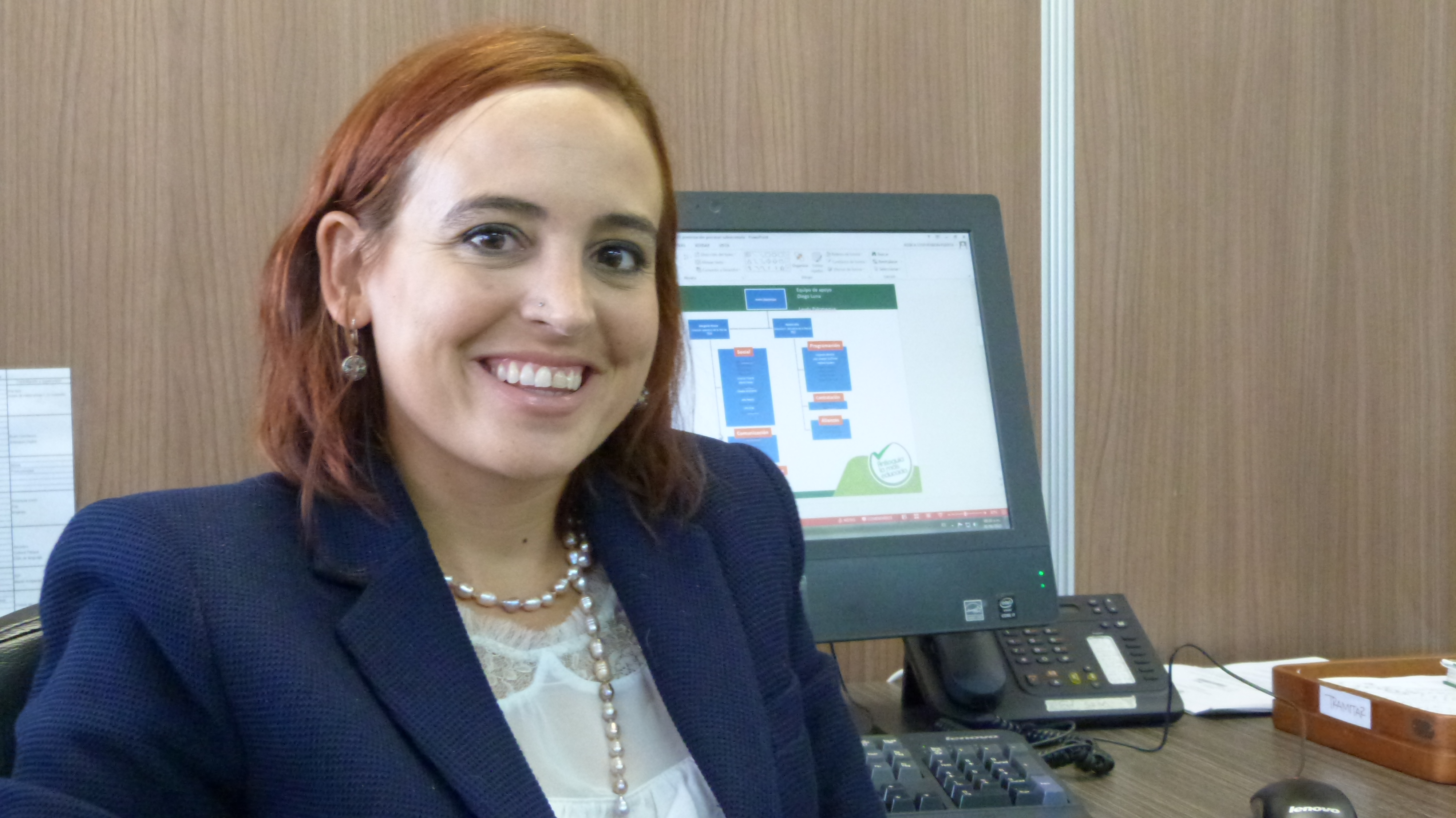
Photo: Educational-park-3
Colombia builds educational parks for youth development
20 July 2015
by Nick Michell
Nick Michell looks at how Antioquia is attempting to improve youth development through the introduction of 80 educational parks across the province
A new programme in Antioquia, one of the 32 administrative departments of Colombia, located in the northwest of the country, is demonstrating how city parks no longer have to be considered as simply spaces for playing sport or walking dogs, but also as places of public education. Much of the Educational Parks programme is based on experiences in Medellin where innovative urban infrastructure like Park Libraries, built in marginal areas of the city, catalysed a series of social processes, including addressing urban violence.
In Antioquia, one out of every two youths leaves school before completing their final two years and only 10 percent move on to further education, lower than other less developed areas of the country. In a bid to address this problem, and prevent young people from entering the informal or illegal job markets, the authorities developed a plan, ‘Antioquia the most educated,’ which centred on education as the engine of social transformation.
“We wanted to focus on integral human development, based on developing talent and providing quality public education, understood in a broad sense, from early childhood till entrepreneurship, integrating culture, science and innovation,” says Jessica Stephenson, Sub-secretary for Educational Parks in Antioquia. “The programme is founded on the belief that education plays a key role in generating capacities and opportunities for a more equitable and sustainable development. Education opens the door to opportunities, while closing the door to violence and illegality.”
Antioquia, composed of 125 small urban hubs or municipalities with vast inaccessible rural areas, presented new challenges from those in Medellin, not only in terms of its cultural and geographical diversity, but also because of poor infrastructure, institutional weakness and on-going conflict.
Education has not previously been a funding priority for municipal governments in the region, and the essence of the project is to make education a political process, putting it on the public agenda and generating a large mobilisation, well beyond the educational community.
“Changing education in Antioquia requires thinking outside of the box,” adds Stephenson. “It requires new spaces, learning in fun and dynamic ways, promoting contextualised and community-based learning, integrating entrepreneurship, science, technology, art, culture and building citizenship. The educational parks project is the embodiment of this idea.”
The Educational Parks programme, which started out as a competition for each municipality to win their own Educational Park, turned into a major social mobilisation project around education in 109 different territories when local mayors were brought together with educators, youth groups, and several other representatives of the local population, to think about strategies to improve the quality of education in their municipality. An independent panel selected the 80 winning municipalities from the 109 municipalities that competed to win an Educational Park.
There are currently 20 parks operating, 37 being built, and 23, which will begin construction by the end of July 2015. Each park is around 700 metres-squared and has been designed by national architects of all ages who competed to be part of the process and give each municipality a unique identity. Each design was considered with various community groups that had participated in the initial discussions and were now in the position to ‘dream their park’, building on notions of local identity and diversity.
“The educational park has so far been a hugely successful initiative,” says Diego Montoya Taborda, Mayor of Titiribí, one of the municipalities which has already built their park. “This space has generated opportunities, not only for young people but also for those who just want to receive education and participate in all the activities realised in this space. The park has particular significance as our communities and families don’t have the economic ability to send their children to the city and this space provides the educational opportunities to produce the new entrepreneurs of our municipality.”
The formal and alternative educational programmes that will be developed within these parks will promote science, technology, research, innovation, connectivity, and entrepreneurship, as well as develop cultural and artistic practices as a means for enhancing citizenship, diversity and identity. They are based on recognising existing knowledge, talent and capacities for local and regional development.
The parks are not replacing formal educational institutions, like schools, but complementing them, seeking to create alternative learning spaces open to all. Organisers are looking to introduce a wide range of learning opportunities including robotics and astronomy clubs to learn maths and science, youth groups for designing apps to meet local needs, workshops to revive ancestral knowledge, technical training for new markets, digital literacy from infants to the elderly, and training teachers to use art and games in their classrooms.
“Every educational park finds its spirit or guidance from the recognition of its surroundings and the local context,” says Victor Fernando Restrepo Serna, Director of the Educational Park in the Municipality of Betania. “This means that, although we are guided by general guidelines, each territory takes advantage of the innovative, enterprising, artistic and cultural talents that its municipality has to offer to formulate the park and its activities. For us we have prioritised technical training and education, as well as the promotion of access to higher education.”

The parks are also becoming spaces for developing community relations and citizenship, much needed in areas affected by violence and social breakdown. They have become a symbol for building social cohesion and reconciliation, with some parks symbolically being built in places that were formally jails or where massacres took place.
Each municipality has an Educational Park committee led by local authorities, educational leaders, teachers, youth groups and representatives of diverse community groups. In the 80 municipalities, a total of 2,000 people meet on a monthly basis to plan aspects related to the design and construction of the parks, to look for potential allies and to mobilise the community around the project. They are a key element that is needed to guarantee social and political sustainability.
“The parks themselves have and will become new landmarks in these towns,” says Stephenson. “In many municipalities, the educational parks are the most important infrastructure to be built in two hundred years, after the church and plaza. By putting the headlights on municipalities, this project is offering a new vision of the regions as potential poles for development.”
Antioquia’s creative use of parks for education was recognised in November last year by being selected as one of the five cities to win the Guangzhou International Award for Urban Innovation. The independent award jury, composed of seven international experts and former mayors, were impressed by the regional authority’s commitment and interest in the skills of residents in the poorest communities.
The programmes and visibility are opening new opportunities for youth in their territories, including reinventing old trades like adding value to coffee production, or creating new ones, like ecotourism and software development. While the overall impact of these educational parks will only be seen in 10 to 20 years time, these reinvented public spaces are already catalysing economic development on a local scale.






